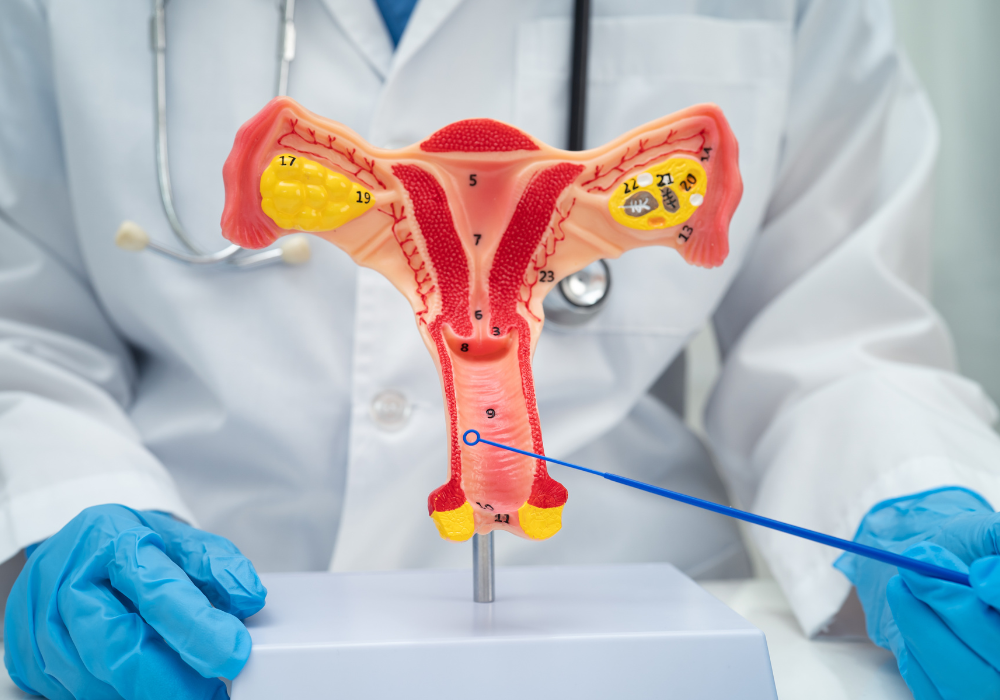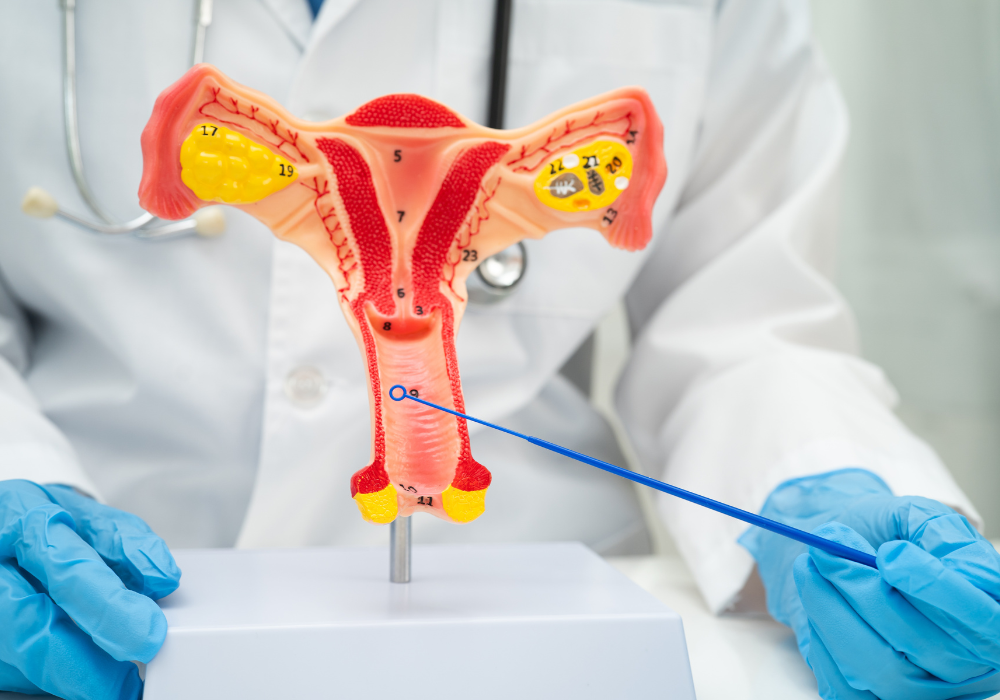
- Home
- About Us
- Surgical
- Non Surgical
- Burns
- Maxillofacial
- Gallery
- Testimonials
- Contact Us
Diabetic Foot Salvage & Reconstruction — Preventing Amputation Through Expert Microsurgery & Advanced Wound Care
At Pratap Hospital, Dr. Pratap Duggirala (M.S., M.Ch) provides highly specialized, limb-preserving treatment for Diabetic Foot Ulcers, Infections, and Complex Diabetic Foot Complications.
With over 15 years of expertise in trauma reconstruction, microvascular surgery, wound coverage, and limb salvage procedures, he is widely trusted for delivering amputation-preventing, function-restoring, and life-improving outcomes for diabetic patients.
Patients rely on Dr. Pratap because he combines precise surgical reconstruction, advanced wound care, infection control, and microsurgical tissue coverage to save limbs that might otherwise be lost.

- Overview
- Why People Choose Dr. Pratap for Diabetic Foot Salvage
- Pre-Surgical Evaluation
- Surgical Techniques Used
- The Surgical Process
- Frequently Asked Queries
Diabetes can severely affect circulation, nerve supply, and the body’s ability to heal. This often leads to:
Chronic non-healing ulcers
Foot infections
Gangrene
Soft-tissue loss
Exposed bone or tendon
Vascular insufficiency
Neuropathy (loss of sensation)
Osteomyelitis (bone infection)
Without timely and expert care, these conditions can progress rapidly, making amputation likely.
At Pratap Hospital, the primary goal is limb salvage — preserving the foot, restoring tissue coverage, and preventing deformity or disability.
✓ Expert in Microvascular & Reconstructive Surgery
His mastery in blood vessel repair, flap reconstruction, and soft-tissue restoration makes him uniquely qualified to save diabetic limbs.
✓ Aggressive Infection Control & Debridement
Precise removal of infected, dead, and contaminated tissue improves healing and prevents amputation.
✓ Advanced Flap & Grafting Techniques
Essential for covering exposed bone, tendons, or deep wounds.
✓ Comprehensive, Multidisciplinary Approach
Combining vascular evaluation, wound care, reconstruction, and rehabilitation.
✓ Focus on Long-Term Function & Walking Ability
Restoring foot shape, stability, and weight-bearing ability is a key priority.
✔ Wound Examination
Ulcer depth
Soft-tissue loss
Infection severity
Presence of gangrene
✔ Vascular Assessment
Peripheral pulses
Doppler studies
Toe pressures
Angiogram (if required)
✔ Neuropathy Evaluation
Loss of sensation increases risk and affects healing.
✔ Infection Analysis
Culture tests
Bone X-rays for osteomyelitis
Blood tests
✔ Reconstruction Planning
Dr. Pratap decides the best approach, including:
Debridement
Flap coverage
Skin grafting
Microvascular free flap if required
Offloading and orthotic support
• Aggressive Debridement
Removal of dead and infected tissue to create a healthy wound bed.
• Local Flaps
Rotation or advancement of healthy nearby tissue to close wounds.
• Regional Flaps
Used when defects are larger or deeper.
• Microvascular Free Flap Reconstruction
Essential for severe cases with:
Large soft-tissue defects
Exposed bone/tendon
Deep infections
Complex diabetic foot wounds
• Skin Grafting
For clean, healthy wound beds requiring resurfacing.
• Tendon & Bone Stabilization
If the foot architecture is compromised.
• Infection & Osteomyelitis Control
Bone curettage, antibiotics, and staged reconstruction if needed.
Step 1: Emergency Stabilization
Blood sugar optimization
Control of infection
Fluid management
Offloading the wound
Step 2: Wound Debridement
Removing necrotic tissue, pus, biofilm, and contaminants.
Step 3: Reconstruction / Coverage
Depending on the wound severity:
Local flap
Regional flap
Free flap
Skin graft
Step 4: Post-Surgical Care
Frequent dressing changes
Offloading (non-weight bearing)
Infection monitoring
Vascular support
Step 5: Rehabilitation
Gradual weight-bearing
Custom footwear
Prevention of future ulcers
Long-term follow-ups
Healing and recovery depend on wound severity and diabetes control but typically progress over weeks to several months.
1. Can diabetic foot wounds be saved without amputation?
Yes — with early and expert reconstruction, many limbs considered “unsalvageable” can be saved.
2. What is the most important step in treatment?
Early debridement, infection control, and restoring blood flow.
3. Do skin grafts work for diabetic wounds?
Yes, when the wound bed is healthy and supplied with adequate blood flow.
4. Will I be able to walk again after reconstruction?
Most patients walk normally with proper reconstruction and rehabilitation.
5. How do I prevent future ulcers?
Good diabetes control, protective footwear, and regular foot checks.
6. When should I seek help?
Immediately — any non-healing wound, discoloration, swelling, or foul smell needs urgent attention.
Book a Consultation
If you’re considering rhinoplasty for aesthetic enhancement or breathing improvement, schedule a consultation at Pratap Hospital today.
Our team will guide you through every step — from evaluation and planning to surgery and recovery — ensuring safe, effective, and natural results.
📍 Pratap Hospital — Reconstructive, Aesthetic & Microsurgery Centre
📞 Call / WhatsApp: +91 94929 69899
📧 Email: drpratapshospital@gmail.com

Before And After Results















